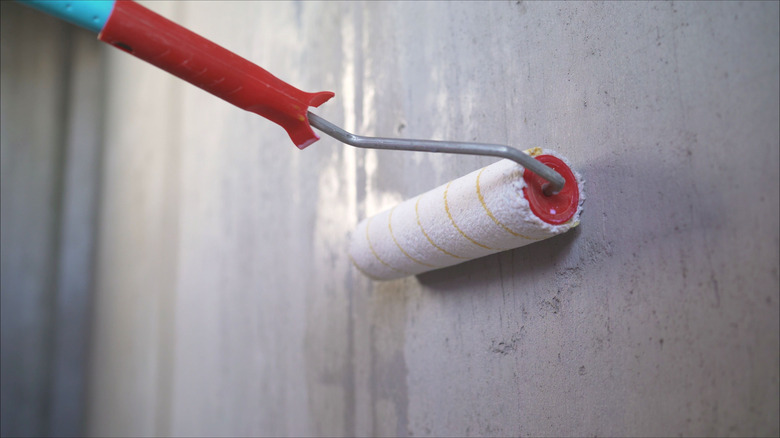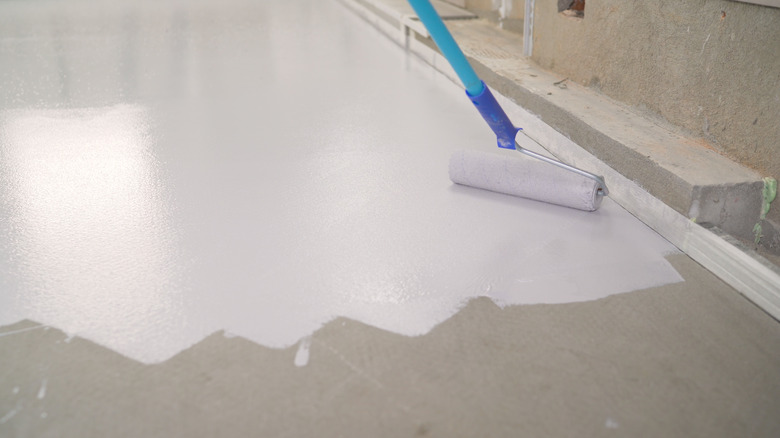What Is Insulation Paint And When Should You Use It?
Every winter, we turn up our heat and snuggle into our cozy blankets, then once summer rolls around, we crank on the AC and try to avoid the scorching temperatures. Unfortunately, this comfort comes with a price tag, as heating and cooling our homes can leave us with hefty bills. One way you can help better insulate your home throughout the seasons is with insulation paint. It is often used to minimize water damage, increase airflow, and regulate temperatures, especially in areas that are known to lack heat retention. Insulation paint is also used as a solution for the presence of mold growth, wet spots on interior walls, and cracking or other damage on exterior walls.
Heat naturally moves towards cooler areas, so in the winter, our indoor heat attempts to escape, and in summer, the outside swelter tries to invade our cold inside air. Adequate home insulation is therefore critical to keeping monthly costs within budget and maintaining our HVAC system's lifespan. Insulation paint contains microspheres (insulating ceramic and glass balls) and can be used on both the interior and exterior of the home. Applying insulation paint is an easy DIY project to hopefully decrease your energy bill and increase your home's longevity.
What is insulation paint?
Insulation paint, often called thermal paint, works similarly to emulsion paint and creates a resistant layer against water and other possible damage. In thermal paint, however, the insulation technology is used to prevent heat from escaping and help soak up moisture so that it won't seep into the exterior walls. Instead, the heat is rebounded into the room, maintaining and repurposing it throughout an area.
It may not occur to many that the exterior of your home can also be insulated, as stone materials such as brick and concrete are spongelike in how they absorb moisture. Painter's world explains that a wall holding onto just 5% moisture can undermine insulation by 50% and that 35% of a property's heat is dissipated through its external borders. Applying insulation paint to a home's outer walls will make them moisture-resistant, drastically improving their thermal capacity. Whether you are looking to keep a space cooler or warmer, insulation paint will help accomplish that goal.
When to use insulation paint
It is typically best to add extra insulation to your home during steady seasons like spring and fall that won't present extremely cold or hot weather. This means your HVAC is likely taking a much-needed break and giving you ample time to create a new layer of protection. Thermal paints can be applied to pretty much any surface you hope to regulate, including garages, storage sheds, or even a treehouse. It could be especially beneficial if applied to crawl spaces, attics, and basements, frequently the primary culprits of poor insulation. This paint may also be helpful if you notice penetrating damp in your home, which is moisture moving from the outer walls into the interior walls, causing cracks, mold, and other deterioration.
Utilizing insulation paint to fend off moisture build-up is said to benefit a home's R-value and provide long-term protection to the property's structure. However, not everyone is in agreement, and some have doubts about whether insulation paint is effective. For example, why do homes need all their original insulation if a few layers of paint will do the trick? Others are concerned that it is incoherent with physics and notice that there seems to be a lack of independent studies done on the product. It is best to assess your home situation and consider the benefits of other forms of insulation before investing.


